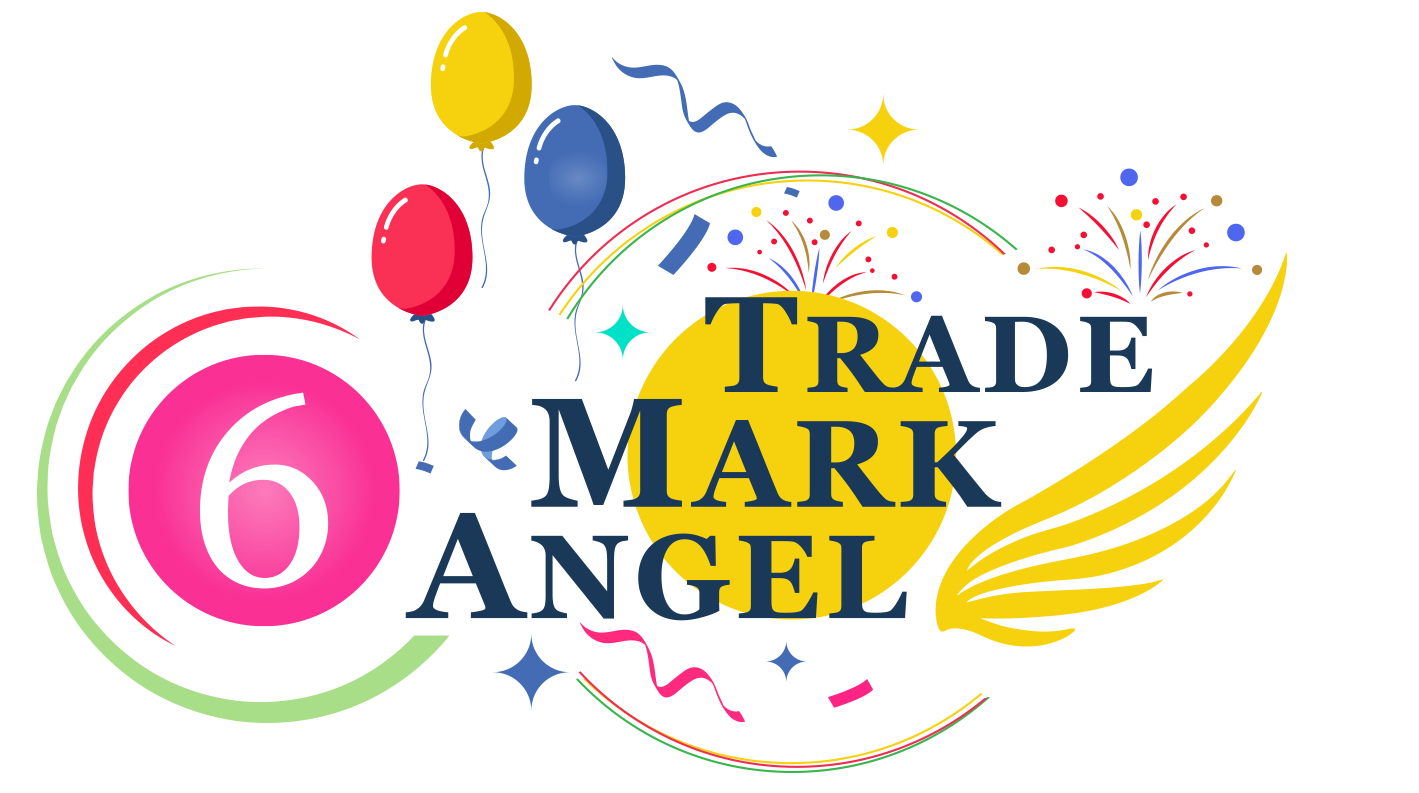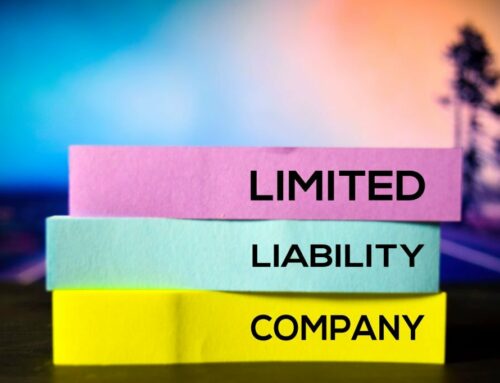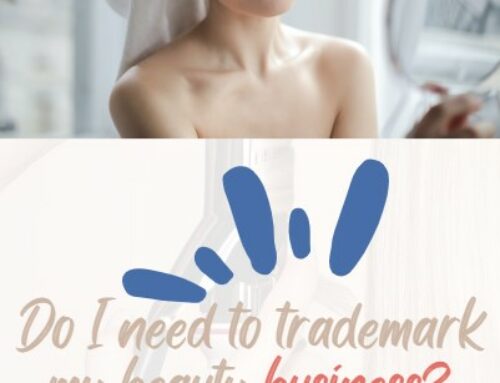Introduction
Competition for finding newer and prospective markets for promoting a branded product or service is so fiercely intense nowadays that majority of brand promoters or owners are willing to indulge in trickery to an extent. In this respect, if you own a unique product or service and have been marketing it for quite some time now but are yet to file a trademark registration for the same, then you should consider doing it as soon as possible. You never know when some unscrupulous trader or firm starts selling a brand that is similar to yours and makes a killing out of the duplication. This may deprive you of earnings that rightfully should have been in your pocket.
However before you proceed to submit your trademark application, you must know which classes your product falls. If you are a US trader, you can refer to the US ID manual, which lists all approved goods and services. If you are a Canadian business owner, you can check out Canadian Goods and Services manual.
These classifications are used so that you could determine the proper classes when filing your application. The Trademarks Office also looks at the classes when determining whether marks are confusingly similar. Most of the countries referred to the Nice classification of categories for segregating products as well as services into distinct groups.
If you are based in the US, you’ll have to apply for registering your trademark in accordance with the International Classification of Goods and Services for the Purpose of the Registration of Marks or the Nice Classification. Way back in September 1973, the Nice Classification promoted by the Nice Agreement of 1957 replaced the trademark classification system referred to by USPTO. Since 1973, the 45 distinct classifications have been adopted across the US and Europe.
However, not at all countries replaced their respective trademark classification modules with the Nice system, Canada being a notable exception. Nevertheless, Canada only in 2019 agreed to use and implement the international classification arrangement. This North American nation dithered for many years before passing a parliamentary act for legalizing the implementation of the Nice Agreement.
The global classification system is yet to come into effect in Canada and stakeholders are divided on when exactly the same will be in force. Nevertheless, the total amount you pay towards registration will go up, particularly if you are filing for more than one product or service.
The International Nice Classification System
WIPO (World Intellectual Property Organization), a specialized agency of the United Nations, following a conclave in Nice, France, set up the Nice Classification System. The system clearly delineated and classified all existing goods and services throughout the world that was worthy of bringing under the umbrella of intellectual property rights. As per the agreement, all goods and services that were similar to each other in terms of features were grouped under a single category.
After the categorization process for the products and/or services was completed, there emerged a total of 45 classifications or classes ‐ 34 classes of products and 11 classes of services. The grouping system was finalized in Nice and ratified by all the participating countries.
Trademarks Offices of all signatory countries have to specify in all relevant documents and/or related publications the class number or numbers to which the trademarked goods (or services) are bundled or grouped.
The European Union Intellectual Property Office (EUIPO) has drawn up an elaborate catalog of goods and services which breaks down the classification into additional subcategories, resembling a family tree. Although these subordinate categories are not legally binding, they enable traders and firms to conduct a more detailed search for marks and to appropriately determine the class number under which the brand(s) can be categorized.
Since there are over 1000 services and 10,000 goods listed under the international agreement system, the very task and process of launching a marks search can be simply overwhelming, to say the least. Needless to say, you’d be better off hiring a professional for the job as doing so would save you a lot of time and money, not to mention the hassle.
Multiple‐Class Trademark Application
The Nice System of Classification is a worldwide categorization system for bundling myriad services and products into explicit classes. So, when it comes to submitting your application, you will have to determine which classes your products and services fall into.
Filing only one application that covers one or more classes or numerous applications (for a range of classes) has its distinct advantages and disadvantages. For instance, when you are filing a separate trademark for each class, the examination of every trademark application be carried out independently.
In other words, if objection or opposition is raised for a product belonging to a particular class, this will not affect other applications.
In the US, since the government fees are paid per class, the total fees will be the same whether you file one trademark application in 3 classes or 3 trademark applications in one class each (just by way of example). So filing a separate application for each class may have advantages from a strategic point of view.
When you submit a multiclass trademark application, there is always the lurking possibility of the same receiving a setback if just one class (out of the multiple classes) faces an objection.
You must bear in mind, certain aspects concerning the filing for the trademark application. The Trademark Office will always issue only one trademark registration certificate for every application that is approved instead of per class or classes.
In the USA, once your brand is registered as a trademark, the registration remains in effect for 10 years. In Canada, your trademark must be renewed every 15 years. A trademark may be renewed indefinitely.
Understanding and Using the Trademark Classification System
There are two valid reasons for you to take advantage of the Nice Classification System if you are sincere about registering your brand in the USPTO or CIPO (Canadian Intellectual Property Office).
-
Choosing a specific class might facilitate the trademark registration process
It is extremely crucial that you file the application for the appropriate class or the application process may be delayed. So, you must do your homework thoroughly and be absolutely confident that your product or service fits in the right class. Seek professional help if you feel unconfident about the classification process.
-
Enables you to determine and establish whether filing for a mark clashes with a trademark that is already filed or registered
There is always a risk that the trademark you are trying to protect for a specific product or service is similar to another mark in the same or similar class of goods or services. The odds of such a scenario emerging are increased if your product belongs to chemicals, pharmaceuticals, building materials or hand tools classes, to name a few. Establishing this differentiation is necessary to determine whether you are infringing on any existing trademark or being infringed upon (by your competitors).
Finding Your Way through the Trademark Classification System
Whether searching a mark for the purpose of listing your particular product or service will be a time‐consuming process or will be done in a jiffy will invariably depend upon the products or services type and inherent features. For instance, will you include washing soda under 001 (chemicals) or 003 (cleaning substances)? The end purpose for which the product (washing soda in this case) will be used will decide whether you will list the same under 001 or 002.
So, it is very important, you understand this distinction before you proceed to submit an application for registering your Product or Service. USPTO and CIPO websites list all the 45 distinct classes of goods and services. To avoid any problems with your trademark application, seek professional advice.
Check out trademark class headings for a general overview of what each class includes: Classification of Goods and Services in a Trademark Application (class headings)
Trademark Angel can help you with the whole process from trademark search to trademark filing and respond to objections.







Leave A Comment